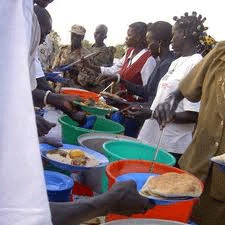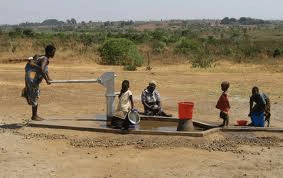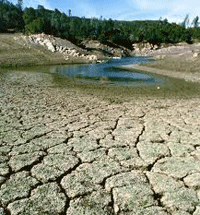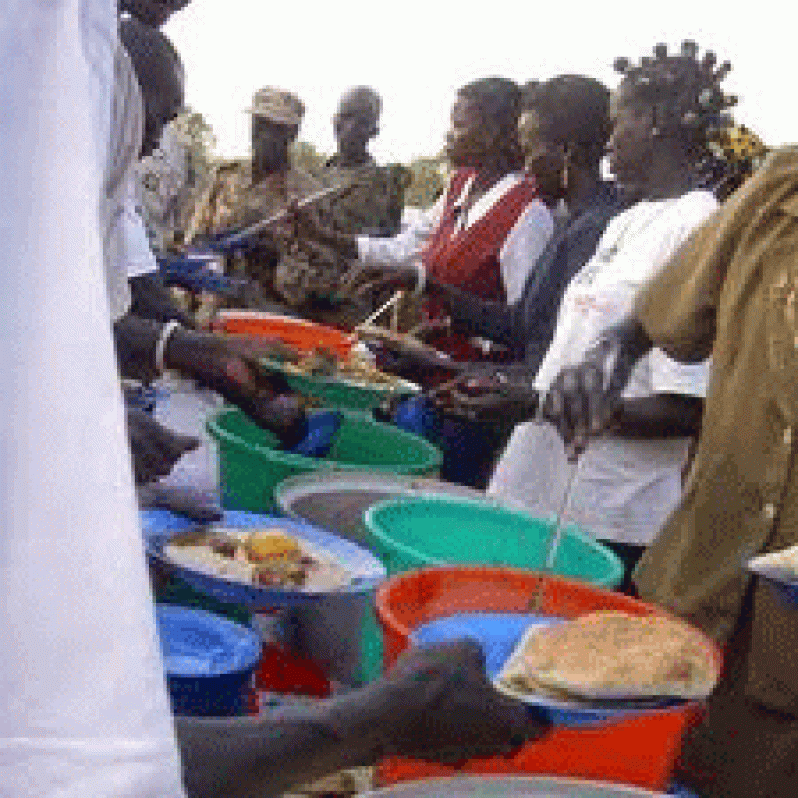A WETLAND is an area of land that is flooded throughout the year, or for parts of the year. They are usually areas of transition between dry land and deeper water areas. Wetlands are natural water-storage features on the landscape.
 They are essentially wildlife habitats, massive natural water filters, and “natural sponges” that hold water when it rains, then release it slowly. Wetlands take care of water by filtration and storage.
They are essentially wildlife habitats, massive natural water filters, and “natural sponges” that hold water when it rains, then release it slowly. Wetlands take care of water by filtration and storage.
Water filtration
During rainstorms, runoffs from farmlands, highways and urban areas wash into rivers. These runoffs may contain toxins, bacteria, sediment or nutrients that can harm aquatic life and contaminate drinking water.
Wetlands have the remarkable ability to improve the quality of water by filtering runoffs and removing sediment, nutrients, pesticides, metals, and other types of pollutants.
As water flows through a wetland, the vegetation within a wetland causes the flow of the water to slow down. As a result, any suspended sediment drops out of the flow. This allows the water to be naturally cleansed of pollutants such as toxins, pesticides and nutrients. Water overloaded with nutrients is susceptible to algal bloom, which can be very destructive to plant and animal life.
Wetlands are natural buffers between uplands and waterways. By trapping sediment, removing nutrients and detoxifying chemicals, wetlands act as efficient and cost-effective filtration systems.
Floodwater storage
When you’re doing the dishes, you probably use a sponge to soak up the water. Wetlands act as natural sponges that trap, and slowly release surface water over time.
Wetlands have hydric soil, which is able to hold water. During periods of heavy rainfall, water is stored within the soil. During dry periods, the sponge-like nature of the soil causes water to be gradually released into underground aquifers, or through surface outflow. This function of wetlands helps maintain constant water levels in streams.
This ability to store water in times of heavy rainfall means that wetlands can help prevent flooding. In areas that experience hurricanes and tropical storms, coastal wetlands are particularly important because they can help reduce flooding by absorbing the force of the storm. Wetlands also slow down the water’s momentum as it travels to the ocean or the river, and less momentum means less soil erosion.
Wetlands are extremely valuable to society. Wetlands can decrease flooding, remove pollutants from water, recharge groundwater, protect shorelines, provide habitat for wildlife, and serve important recreational and cultural functions.
If wetlands are lost, the cost of replacing them can be extremely expensive, if at all possible. Lost wetlands can result in a city having to invest more money in drinking- water treatment or higher costs to citizens for flood insurance.
World Wetlands Day is celebrated each year on February 2. The theme for this year’s World Wetlands Day is Wetlands and Water Management. We are all water managers. This is not only the responsibility of governments, nation states and big organisations, but even individual citizens. Every time we turn on a tap or buy food we are responsible for a small element of the much larger water- management cycle. To play our part, we can perform simple actions such as:
• apply a water-saving showerhead;
• shut off the tap during teeth brushing;
• use less water in the garden; and
• dispose of medicines, paints, pesticides and other pollutants properly.
The key objective of World Wetlands Day 2013 is to raise people’s awareness of the interdependence between water and wetlands, to highlight ways to ensure the equitable sharing of water between different stakeholder groups and to understand that without wetlands there will be no water.
Source: www.ramsar.org
Build a ‘mouthwatering’ wetland
Materials
• Pan of brownies or chocolate cookie bars prepared ahead of time – soil base of wetland
• Biscuit crumbs – sand
• Instant chocolate pudding – mud
• Blue fruit roll-up – body of water
• Green fruit roll-up – aquatic plants
• Fish -shaped crackers – fish
• Green lollipops – trees and shrubs
• Green chewy fruit candy to anchor the lollypops
• Gumdrops – shrubs
• Gummy bears – animals
• Animal crackers – animals
• Coconut dyed with green food colouring – grass
• Milk for pudding preparation
• Large mixing bowl
• A cookie sheet on which to create a wetland
Procedure (Let your imagination direct your creation)
1. Prepare chocolate pudding.
2. Place half a sheet of brownies or chocolate cookie bars on the cookie sheet.
3. Sprinkle graham cracker crumbs all over brownie or giant cookie (indicating existence of dirt and sand)
4. Spread chocolate pudding over entire surface indicating muddy spots (around the body of water, under water)
5. Place blue fruit roll-up in the spots where you want to put the body of water.
6. Place green fruit roll-up in the areas where you want to put aquatic plants.
7. Place fish- shaped crackers on the “water”(blue fruit roll-up).
8. Place green chewy fruit candy with green lollypops in them around the water creating “wooded areas”
9. Place gumdrops around the water edge for plants and shrubs.
10.Place animal crackers and gummy bears around the trees and edge of water.
11.Sprinkle the coconut over the land for grass (if desired).
12. EAT AND ENJOY!
You can share your ideas and questions by sending letters to: “Our Earth, Our Environment”, C/O EIT Division, Environmental Protection Agency, Ganges Street, Sophia, GEORGETOWN or email us at eit.epaguyana@gmail.com





.jpg)








